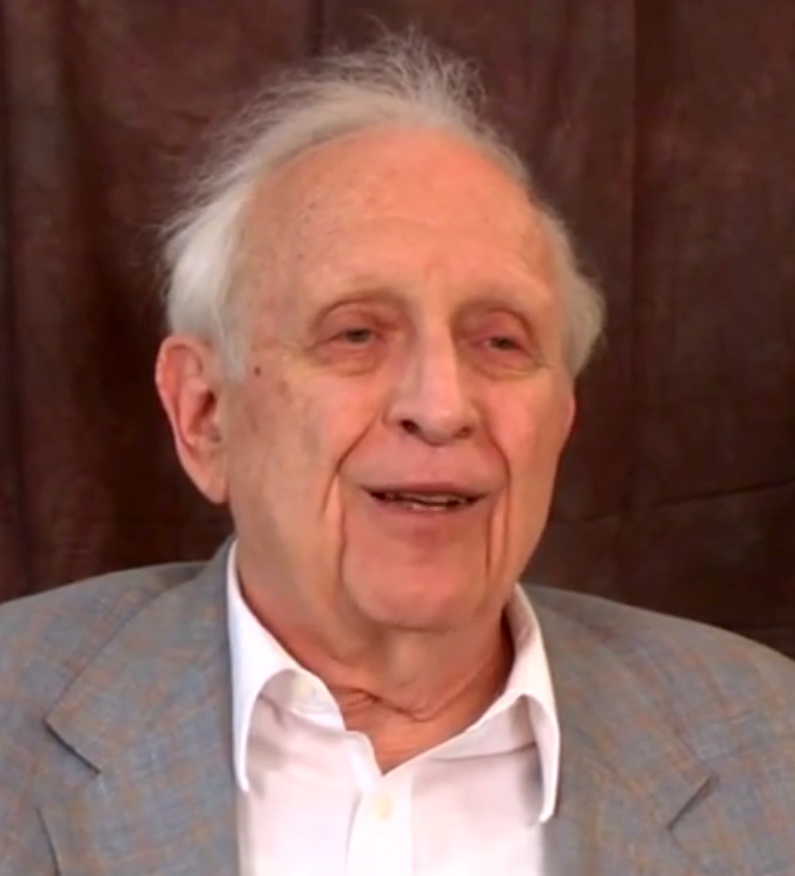Roy Glauber was born on September 1, 1925 in New York, New York. As a child, he was fascinated by physics and optics. He attended Harvard University, but left after his sophomore year to join the Manhattan Project. He was only 18 years old at the time, making him one of the youngest scientists working on the project.
While working on the project, Glauber met numerous luminaries: Edward Teller, Richard Feynman, Stanislaus Ulam, and John von Neumann. His work focused on critical mass calculations. After the war, Glauber returned to Harvard, where he earned his bachelors degree in 1946 and his PhD in 1949.
He would go on to lead a distinguished academic career. In 2005, Glauber received the Nobel Prize in Physics, for “for his contribution to the quantum theory of optical coherence.” His work explained and differentiated different kinds of light, and remains central to the field of quantum optics.





